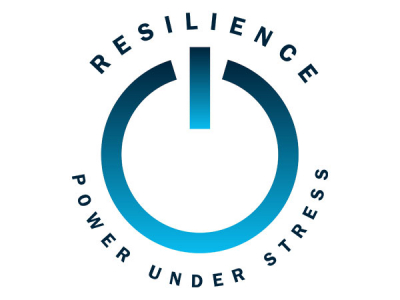“Ack, my phone battery is dead.”
“Drat, my laptop doesn’t have enough charge for the trip!”
“I left my e-book reader in the sun, and the battery overheated!”
As it turns out, these common 21st century vacation refrains are also of particular importance to the U.S. Intelligence Community. While IC officers take vacations too, they are also frequently working in a variety of locations around the world, and need to operate battery powered electronics in a variety of environmental conditions.
However, the difference between an IC officer and your average vacationer is that they may not be able to recharge their devices after they have been stored for a long time. In many cases, making sure that batteries can deliver needed power in extreme circumstances is more than an inconvenience—it’s a matter of life and death.
For these reasons, the Intelligence Advanced Research Projects Activity (IARPA) has launched a program to build the power solutions that can hold more energy than ever before, give big power bursts on demand, and still perform in hot or freezing locations, even if left there for a year or two.
To solve these tough problems, IARPA has selected eight different teams of experts (performers) to work on the Robust Energy Storage for Intelligence Logistics In Extreme, Novel and Challenging Environments (RESILIENCE) program.
“The goal of the RESILIENCE program is to surpass currently available commercial power solutions to assure maximum power source energy storage and reliability in extreme conditions where recharging isn’t possible and electronics must be left behind for years potentially,” said RESILIENCE Program Manager Dr. Dawson Cagle. “The program also plans to provide Unmanned Aerial Vehicle power sources with an all-important power burst capability for vertical takeoff and to enable safe, vertical landing at the end of a long flight,” he added.
How a Battery Works
Generally, the commercial answer to longer and more reliable energy storage has been provided by lithium-ion batteries. Whether they are used for electric cars or smartphones, these power sources all operate from the same principle. During charging, electrically charged lithium ions attached to the positive terminal (or “cathode”), are forced to move through a conductive liquid layer (the “electrolyte”) to the negative terminal (or “anode”). Each time the battery is used to power a device, those lithium ions reverse their path, and move back to the cathode.
All of this works really well, but over time, and after being subjected to big heat shifts, the moving lithium ions can react with other battery components and become trapped part of the way through their journey, eventually preventing the battery from charging. This problem worsens when battery designers try to pack in more energy.
“The more energy-storing materials that you stuff into the same small space, the harder it is to keep these unpleasant side-shows from happening,” Dr. Cagle said. “It’s a tough balancing act.”
Making a Better Battery
Each of the RESILIENCE program’s performers has proposed ingenious new approaches for how to address the needs for both high energy density and high reliability under extreme environments. For instance, teams led by Solid Power (Louisville, CO) and Conamix (Ithaca, NY), will try to minimize or completely eliminate the use of reactive liquid electrolytes that cause batteries to degrade.
Other teams such as CAMX Power (Lexington, MA), II-VI Aerospace & Defense (Philadelphia, PA) and Teledyne (Thousand Oaks, CA) have opted to design batteries containing reactive lithium metal electrodes to increase energy density while still managing safety concerns from liquids inside the cell.
Approaches taken by Saft America and Rutgers University have proposed to explore the use of other energetic storage materials beyond lithium ions.
Finally, SRI International has proposed to make very small engines (called a “Stirling engine”), which rely on temperature differences to generate power.
“Each of the performer teams we’ve chosen to work with have proposed really exciting alternatives to business as usual in energy storage,” Dr. Cagle said. “At the end of the almost four years of the RESILIENCE program, I’m confident the teams will change how the world thinks about what is possible when they examine how to power their portable equipment.”

